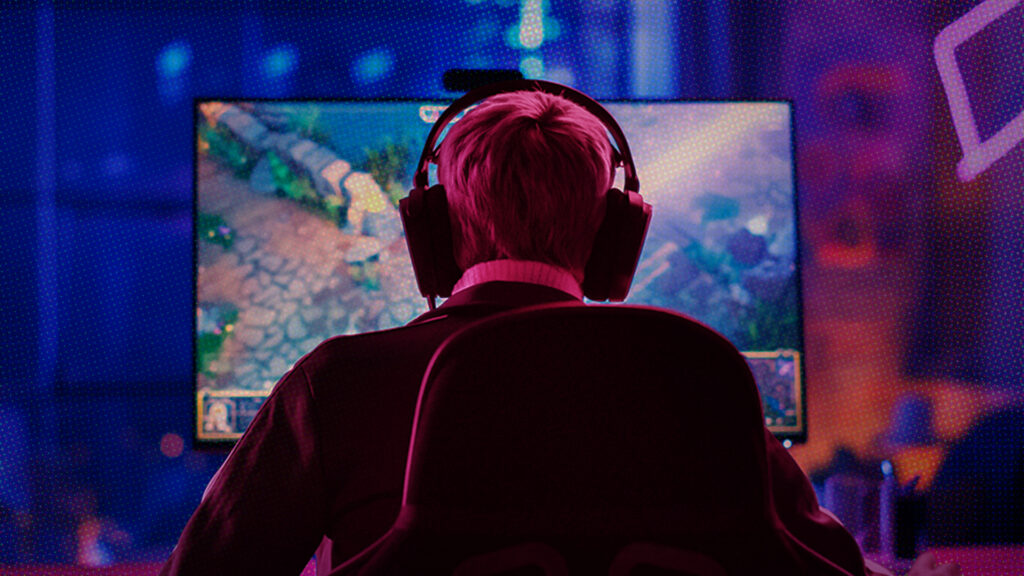While global M&A activity slowed in 2022, VC still poured money into the gaming acquisitions as industry organizations addressed lingering concerns about in-game advertising and measurability.
2022 M&A Gaming Activity Surges
For many VCs, gaming represents a safe haven amidst economic uncertainty, according to Kurt Ma, a corporate partner at Bryan Cave Leighton Paisner LLP. Because gaming success is primarily driven by user experience, Ma stated powerful gaming franchises tend to produce reliable profits as long as users get their money’s worth.
“Gaming is quite different from a traditional business because gaming studios, on the whole, don’t get distressed in the same way,” said Ma. “You stand or fall on the strength of what you put out, and that’s true whether you’re a big player like Microsoft or an individual writing brilliant code in your bedroom.”
In 2022 M&A investment rose to $38.1 billion in 2022, up from $33.4 billion in 2021.
The flurry in M&A activity reflects an emphasis on strategic investment growth among VCs seeking to consolidate competitive advantage as gaming audiences and marketplace values rise.
Per a recent report by DDM, M&A activity made 2022 a historic year for games funding.
“The investment landscape in 2022 has been hindered by a crypto winter, macroeconomic headwinds, high-interest rates, inflation, and recession concerns,” the report reads. “Despite these challenges, our data shows that 2022 was still the second-best year in the video game industry for games funding, mainly driven by acquisitions as large gaming corporations acquire mature and established businesses.”
That drive towards consolidation will likely continue, some analysts suggest.
“Despite the short-term turbulence, the deal activity will remain strong,” according to a recent report by InvestGame. “There is potential for a few significant deals to occur in 2023, as the industry continues to consolidate, supported by strong investors’ interest and enough cash to pursue transformative deals.”
According to Pitchbook’s Launch Report: Gaming report, many of 2022’s deals focus on emergent tech and monetization.
“Although VC funding is evenly distributed between early- and late-stage VC, the content segment has proven to be the impetus for most late-stage funding,” the report states. “Early-stage funding is skewed toward emergent technologies, such as Web3 infrastructure and generative artificial intelligence (AI), in addition to gaming content.” In addition, the report reads, “deal value is also flowing to startups helping content, and intellectual property (IP) owners monetize gamers.”
As new money flows towards proven gaming properties and audience monetization, measurement and addressability is becoming a priority in the industry.
Measurement Stays Top Of Mind For Gaming and In-Game Advertisers
In July 2022, The IAB and IAB Tech Lab, in collaboration with the Media Rating Council (MRC), in releasing its Intrinsic In-Game (IIG) Measurement Guidelines to provide updated measurement guidelines for in-game ads. The goal was to support agencies, brands and gaming platforms as the marketplace evolves and how audiences interact with advertising changes. A lack of understanding about in-game ad metrics is hindering in-game advertising investment, according to Jack Koch, SVP, Research & Insights, IAB.
“Buyers want to make good quality buys that align with their brands and drive all the way through to purchase,” said Koch in a press statement. “And while that is absolutely possible in gaming today, perception lags reality.”
Despite a global audience of more than three billion gamers, advertisers have yet to view game advertising as a platform for reaching a wide audience like they might look at social media, according to the IAB. A recent IAB-Mediascience survey of 40 brands, agencies, ad tech companies, game developers, and publishers revealed that gaming ads represented less than five percent of their marketing spend.

